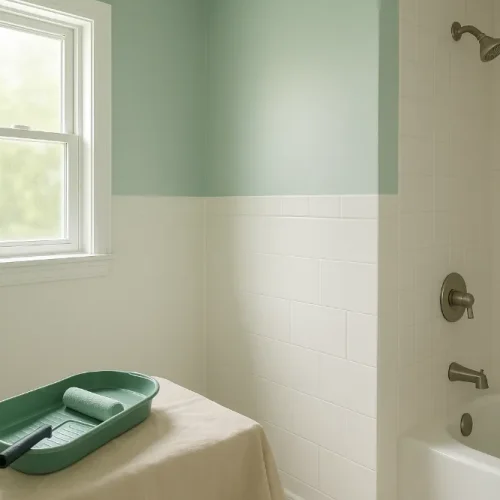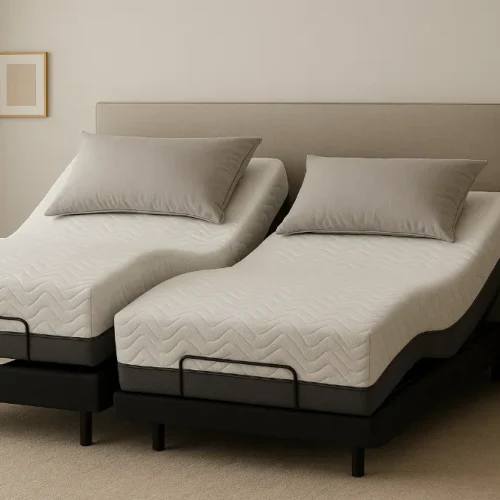
Workplaces with airborne dust face challenges in maintaining healthy air. Dust particles reduce visibility and create discomfort during work. A clear plan for dust control improves conditions for employees and supports productivity. Practical measures provide safer spaces and protect long-term health.
Dust Suppression System In High Risk Zones
A dust suppression system offers an effective way to manage particles in busy areas. To know more, individuals can take a look at any reliable source or visit this website. The system applies controlled moisture at the source, preventing dust from spreading into the air. Cleaner air allows workers to complete tasks with focus and comfort.
Detailed information about different types of suppression systems helps managers choose equipment suited to their sites. Properly selected systems keep dust levels stable and maintain consistent results. This measure supports compliance with safety requirements. A well-chosen solution contributes to a cleaner and healthier workplace.
Water Suppression At Dust Source
Water directed at the source of dust prevents it from spreading to the surrounding areas. This approach keeps the air clearer and work surfaces free from excess particles. Better visibility allows employees to work safely and efficiently. It remains one of the simplest and most effective dust control techniques.
Supervisors adjust water flow to match the nature of the task. Correct application avoids wastage and protects resources. Equipment stays in better condition because of reduced dust exposure. The overall result is a safer and more productive work environment.
Dust Containment Barriers For Work Areas
Containment barriers restrict dust to a defined area. They prevent particles from travelling into adjacent sections of the facility. This keeps surrounding zones clean and preserves air quality for employees working nearby. Physical separation also creates a more organised space.
Movable barriers provide flexibility for changing site layouts. Transparent materials allow easy supervision while maintaining control. These barriers contribute to smoother operations without interfering with workflow. Cleaner surroundings create a more pleasant and professional setting.
Wet Cleaning Of Floors And Surfaces
Moisture applied to floors and surfaces captures particles before they enter the air. This reduces the spread of dust in high-traffic areas. Clean floors also improve safety by reducing slip risks. Workers benefit from a space that feels properly maintained.
Planned cleaning schedules keep dust levels consistently low. Wet methods work better than dry sweeping because they trap particles more effectively. Equipment lasts longer with less buildup of residue. A well-kept floor demonstrates strong attention to workplace hygiene.
Respiratory Protection Equipment For Workers
Respiratory protection serves as an essential control measure where dust cannot be fully contained. Well-fitted masks and respirators block harmful particles from entering the lungs. This protection safeguards worker health and supports confidence in workplace safety.
Clear instructions ensure proper use of the equipment. Timely replacement of filters maintains performance and reliability. Regular inspection prevents failures and keeps protection at the required standard. This step confirms a strong commitment to employee well-being.
Safe Work Practices To Reduce Dust
Training employees on safe work practices lowers dust exposure. Staff learn to stay in controlled areas and follow procedures that limit the disturbance of particles. These measures reduce risks and keep operations efficient. A shared focus on safety builds cooperation among teams.
Brief refresher sessions maintain awareness and reinforce best practices. Signs placed near workstations remind workers about key steps. Open communication encourages adherence and clarifies responsibilities. Consistent practice strengthens the culture of safety throughout the workplace.
Practical measures for dust control protect worker health and maintain productivity. Suppression systems, barriers, wet cleaning, and protective gear work together to keep the air clean. Ongoing training ensures that safe habits remain part of daily operations. These steps create a professional environment where health and efficiency stay balanced.













